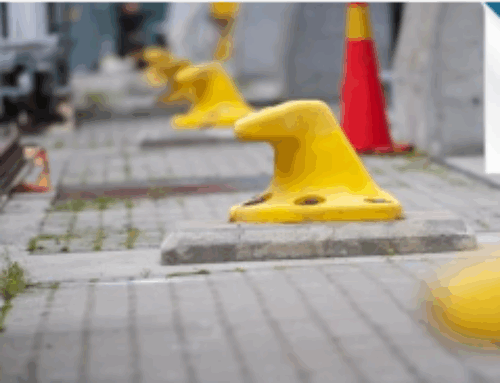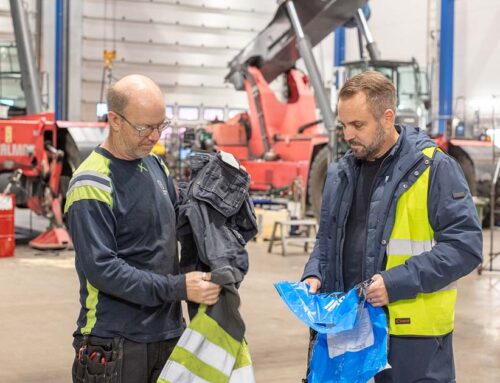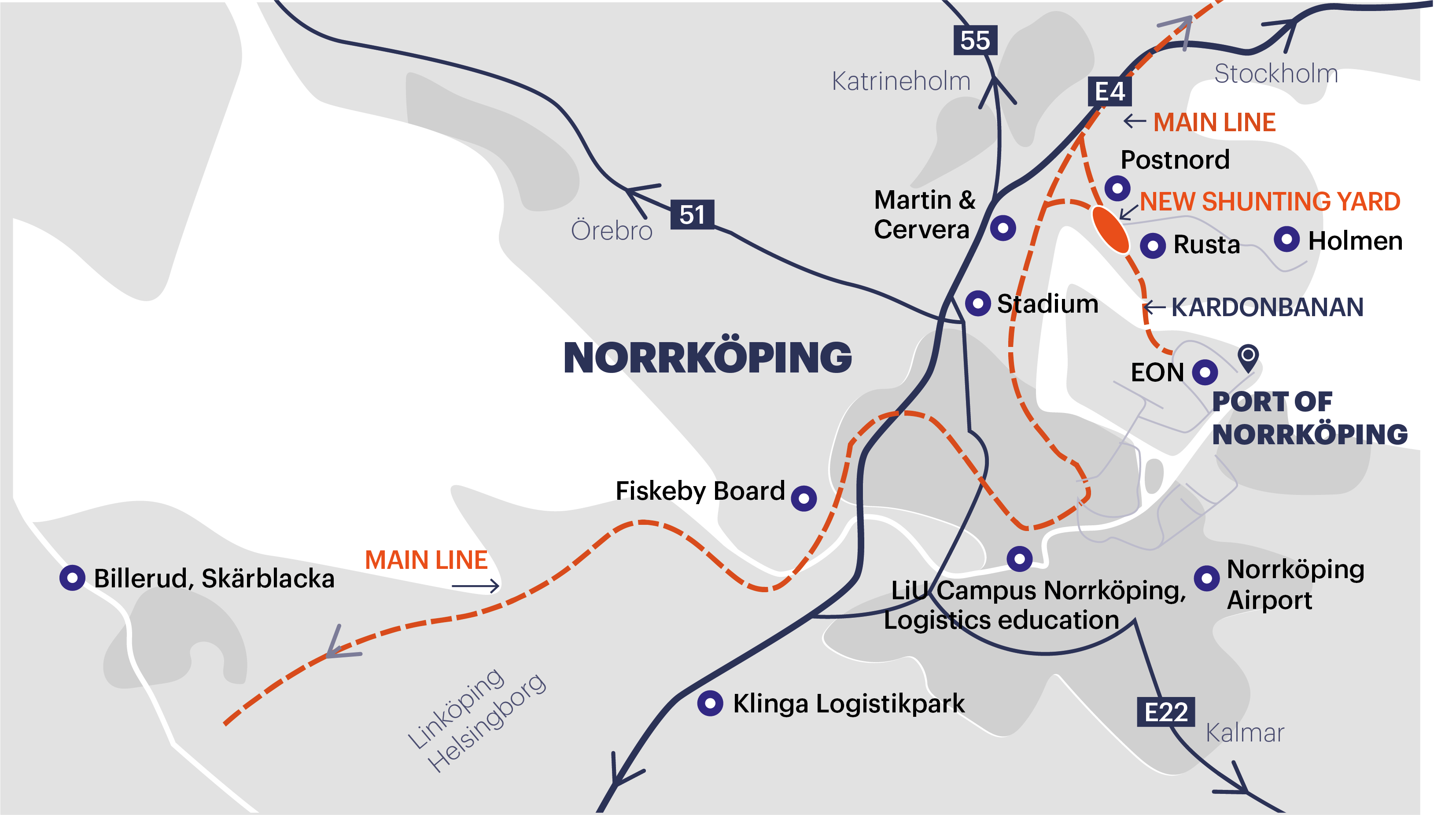
2022-12-13
Transportation continues to increase throughout the world and because it is cheap, we have wasted the resources. But the transition will cost money, and therefore we can now not only think fossil-free, we must also increase efficiency. We can’t just copy the diesel system and carry on as usual! More goods must go by sea and rail, empty transports must decrease and fill rates increase. New, expensive electric trucks need to be used more and more efficiently. In that perspective, the “refueling” of electric vehicles becomes challenging – they must stand still to charge, there must be free chargers in the right place and there must be power available in the power grid. It’s a tricky equation where new pieces have to fit together and new collaborations have to be made. In 2023, heavy electric vehicles will seriously enter the market, now everything will be about charging!
At regular intervals, we will invite passionate people to share insights and opinions on current topics that are in some way connected to logistics. First up is Per Lindahl, who is a passionate logistician and, who right now, is most passionate about electrification and battery swapping.
The guest chronicles are commenting texts and it is the columnist’s own opinion and analysis.
Put out the diesel by Per Lindahl
To be able to charge with high powers, high capacity is required, but in many places, the network is not adapted for the effects estimated to be required. And it takes time to build electricity grids, often several years. There is a lot of talk about electricity shortages in southern Sweden because of a lack of capacity in the national grid, but the crowded sector for charging may well become the local networks. If more and more vehicles are to charge at the same time, high power is required, even if they charge slowly. What will it look like at Händelö in 5 years when ships require shore-side electricity and all transport companies require charging current? And where will all cars calling at Port of Norrköping, Rusta, Stadium, Holmen and PostNord charge? A truck draws no more electricity per kilometre than a 40-degree wash at home. But hundreds of trucks that must fast charge at the same time can create severe power problems in the network.
As an energy source, diesel is unbeatable and has been the basis of the transport system for 100 years. Diesel contains more than 60 times as much energy per kilogram as a vehicle battery. It is everywhere and works in all engines. The technology is robust, and the service is available all over the world. But for known reasons, it’s time to say goodbye to diesel. It will hurt and nothing will be the same again. But there is a better life waiting on the other side.
There are now more and more electric vehicles and machines on the market and experiences are beginning to accumulate. They do not work everywhere, but the electric trucks fit well on the right assignment and can already be profitable today. Drivers are extremely pleased with the quiet, vibration-free workplace and the fine driving characteristics with a lightning-fast response. Grumpy professional drivers will not be a brake block in electrification, anyone who has tried an electric vehicle does not want to go back!
The Swedish truck manufacturer Volta is leading the way with an electric truck for urban distribution that is something completely different from a diesel car with an electric motor. The engine is located in the rear axle, which allows for a cab with low entry and a centrally located steering wheel, creating a fantastic driver environment with good supervision. Electrification is also taking place among machinery where other Swedish companies stand out. Hudig, which manufactures backhoe loaders, launches a full hybrid, 14 tons and sneaks like a cat. Epiroc, which manufactures heavy underground loaders, has several all-electric machines where you can also change batteries as on any drill. The loader can work 24/7 and the battery is changed in 10 minutes. One of the great advantages of electricity in mining is, of course, air quality. But idle internal combustion engines are a problem even above ground and many vehicles and machines are at a standstill as much as they work. An electric motor sleeps when it is not working and when you wake it up, it gives full power immediately.
Today’s global, integrated transport systems have developed slowly while market players and solutions have gradually adapted. Regulations have been developed and infrastructure has emerged. We don’t have time for that process now! We must act in parallel on many issues and pursue rapid development in a certain direction. Because there is a direction, even if there is not a ready-made drawing, no one really knows what the transport system of the future will look like. Nevertheless, we must move forward. Many fuels will be needed in parallel, and we will certainly be dragging old diesel vehicles with us for a long time yet. The green alternatives HVO, RME and biogas will also defend their place in the fossil-free system for many years. But I think the future is mostly electric, be it hydrogen or batteries as the energy source. Hopefully with battery replacement technology as part of the solution, which could be the answer to many of the challenges. Heavy vehicles with “battery swapping” now sell more in China than “corded”. Soon in a city near you?!
It’s been 30 years since I quit smoking. I still miss it sometimes but am very happy to be rid of the misery. I stink less, save money, and feel better. But I probably would never have stopped if I hadn’t felt compelled. Now it’s time for the transport system to stop smoking.
Bye, bye diesel! Thanks for everything but your time is up, time to die!
Per Lindahl, Logistikia







